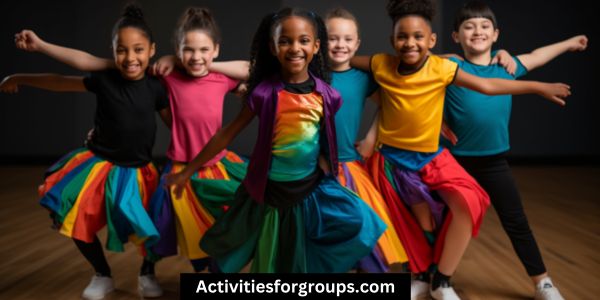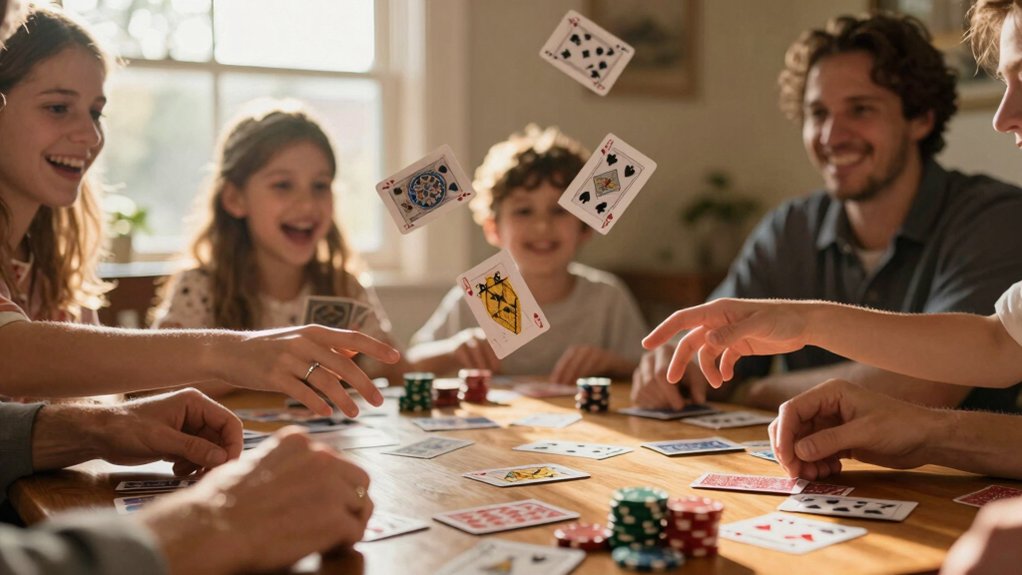Are you a dance instructor wanting to resume group classes during the COVID-19 pandemic?

To ensure the safety of your students, you’ll need to implement safety protocols. In this article, you’ll learn about:
- Social distancing guidelines
- Hygiene requirements
- Sanitization procedures
- Ventilation considerations
- Monitoring compliance.
Keep reading to make sure your group classes are safe for everyone!
Social Distancing Guidelines
You must ensure that all participants are practicing social distancing guidelines during group dance classes. Masks should be worn at all times and should be fitted properly. Participants should be reminded to keep their masks on and practice proper mask etiquette, such as not touching the front of the mask or adjusting it too often. Make sure to provide adequate ventilation, as well as hand sanitizer and disinfectant wipes, to reduce the risk of transmission.
Classes should be limited to small groups of the same people and held in a well-ventilated space. Instructors should also enforce physical distancing guidelines by having participants stand at least six feet apart during the class. Additionally, contact tracing should be implemented to ensure that all participants are aware of who they’ve been in contact with so that if an individual tests positive for COVID-19, everyone who’s been in contact can be notified.
Hygiene Requirements

Maintaining hygiene requirements is essential for keeping group dance classes safe during COVID-19. All participants should be required to frequently and thoroughly wash their hands with soap and water, or use an alcohol-based hand sanitizer if soap and water aren’t available. Additionally, everyone should wear a face mask to cover their nose and mouth for the duration of the class. Masks should be removed only when actively eating or drinking, or when instructed by the instructor.
It is also important to ensure that the space used for the class is clean and sanitized before and after each session. All surfaces should be wiped down with a disinfectant, and any shared items should be regularly wiped down with a disinfectant or wiped with a clean cloth soaked in a disinfectant solution.
Lastly, it’s important to remind participants to stay home if they’re feeling ill, and to practice social distancing at all times. This includes avoiding physical contact with other participants, as well as refraining from high-fiving, hugging, or shaking hands.
Sanitization Procedures
In addition to frequent hand washing and wearing masks, it is also important to ensure that all surfaces and items used during the class are properly sanitized. Sanitizing the premises should be done before and after each session, using appropriate cleaning products. Below is a table of some of the most important sanitization procedures to consider when organizing group dance classes during COVID-19:
| Procedure | Description |
|---|---|
| Masking Requirements | All participants should be required to wear a face covering while attending the class. |
| Temperature Checks | Participants should have their temperature taken upon arrival. Anyone with a fever should be asked to leave. |
| Sanitizing the Premises | All surfaces should be wiped down with disinfectant before and after each session. |
| Sanitizing Equipment | Any equipment used during the class should be wiped down with disinfectant before and after each use. |
| Hand Sanitizer | Hand sanitizer should be available to all participants during the class. |
Ventilation Considerations
Considering ventilation is essential for reducing the risk of infection, ensure the space has sufficient air circulation. If possible, choose an outdoor location that allows for natural air flow. If hosting the class indoors, make sure the space is open and well-ventilated. Consider installing a ventilation system that filters out airborne particles and provides fresh air. If one can’t be installed, keep windows open and use fans to circulate air.
Participants and instructors should wear masks at all times and practice social distancing. Have hand sanitizers available and make sure everyone washes their hands before and after the class. If possible, have the class conducted in shifts to avoid overcrowding.
Instructors should also take into account the intensity of the class and the temperature of the room. Make sure the room isn’t too hot or too cold, and provide breaks every 20 minutes or so.
Monitoring Compliance

To ensure compliance, have a staff member monitor the class to make sure everyone is following the safety protocols. This can be done by having a designated person who will observe the interactions between participants and enforce the rules.
This individual should have a clear understanding of the requirements, such as social distancing, wearing face masks, and using hand sanitizer.
Before classes begin, participants should be screened to see if they have any symptoms or have been exposed to the virus. If they have, they should not be allowed to attend the session. In addition, virtual sessions can be offered to those who are unable to attend in person.
| Proactive | Reactive |
|---|---|
| Screening | Monitoring |
| Sanitizing | Enforcing |
| Distancing | Reporting |
| Wearing Masks | Investigating |
| Virtual Sessions | Following Protocols |
In addition to the staff member monitoring the class, the instructor should also ensure that everyone is following the safety protocols. They should report any violations to the staff member and investigate any issues that may arise. Lastly, they should also ensure that the protocols are followed properly by everyone in the class.
Safety protocols in group classes should never be taken lightly. By following the above steps and proactively monitoring the participants, instructors can ensure that everyone is safe and protected during class.
Frequently Asked Questions
How Will Class Sizes Be Limited?
Class sizes will be limited to ensure social distancing. Ventilation systems will be used to further reduce the risk of transmission.
Will I Need to Provide My Own Equipment?
Yes, you will need to provide your own equipment. Remember to practice social distancing and use hand sanitization when handling any equipment to stay safe during COVID-19.
Are Masks Required in the Studio?
Yes, masks are required in the studio. Social distancing and hand sanitization are also important to practice in order to ensure safety.
How Will the Temperature of the Studio Be Monitored?
Temperature in the studio will be monitored by having students remove coats/jackets, and regularly sanitizing all surfaces. Social distancing and hand sanitizing will be mandatory to ensure safety.
Will There Be Extra Cleaning Measures Taken Between Classes?
Yes, extra cleaning measures will be taken between classes. We’ll implement social distancing and temperature checks to ensure safety. Floors and equipment will be sanitized regularly.
Conclusion
You can keep your group dance classes safe during the pandemic by following the necessary social distancing guidelines, hygiene requirements, sanitization procedures, and ventilation considerations.
With proper monitoring and compliance, you can ensure the safety of your students and staff while still enjoying the benefits of group dance classes during COVID-19.




Leave a Reply